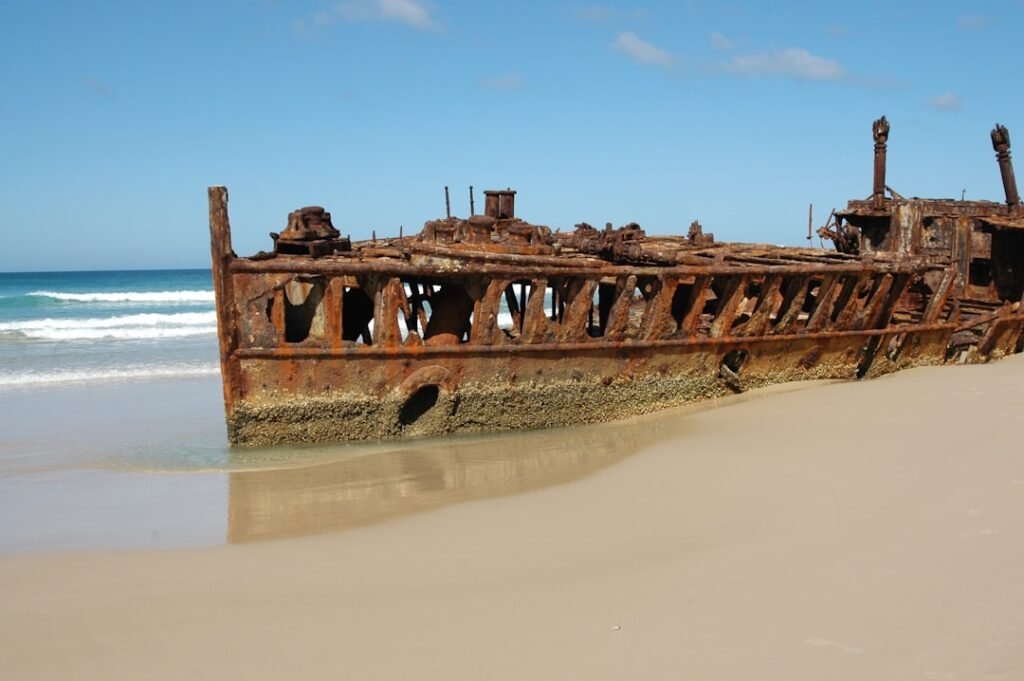You might think shipwrecks belong exclusively at the bottom of the ocean, but nature has a way of surprising us in the most extraordinary ways. From desert sands to mountain lakes, these maritime disasters have ended up in locations that seem absolutely impossible for ocean vessels.
Some of these discoveries challenge everything we thought we knew about geography and time. Others reveal how dramatically our planet’s landscape can shift over centuries. Get ready to discover ten incredible shipwrecks that were found where no ship should ever be.
The Bom Jesus in Namibia’s Desert

Picture searching for diamonds in the blazing sand dunes of the Namibian desert when suddenly you stumble upon something completely different. In 2008, diamond mining operations on Namibia’s coast uncovered the remains of the Bom Jesus, a Portuguese ship that vanished over 500 years ago. This remarkable discovery occurred in one of the most unlikely places on Earth to find a shipwreck – buried beneath centuries of sand in the blazing Namib Desert, filled with treasure.
The ship likely sank when pulled too close to shore during a violent storm, causing its hull to collide with a rock and capsize. Over time, as the coastline receded, the vessel gradually emerged from beneath the shifting desert sands, with the dry conditions playing a crucial role in preserving both ship and cargo. The extraordinary preservation allowed archaeologists to recover a staggering 2,000 gold coins and tens of thousands of pounds of copper ingots.
The Lost Ship of California’s Salton Sea Desert
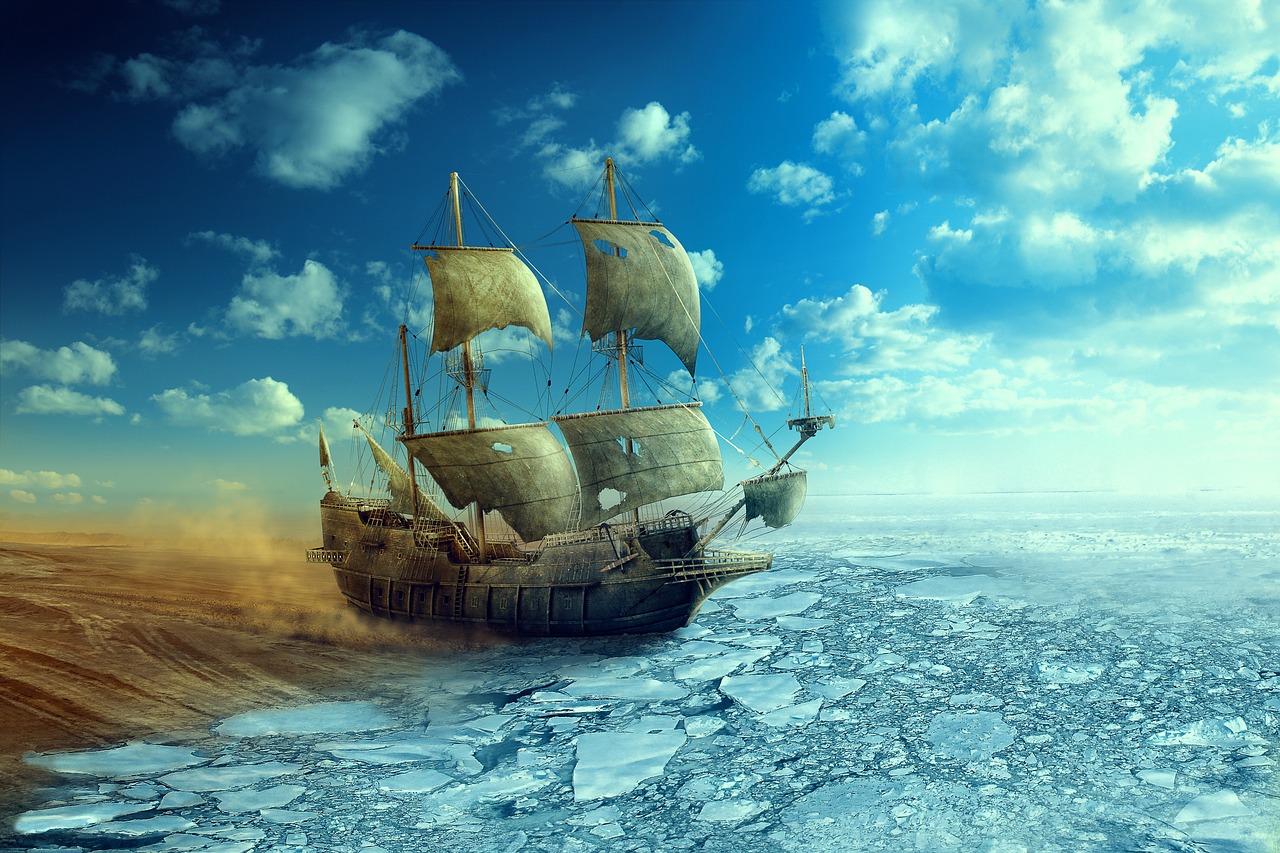
Of all the legends about lost treasures in the Southwest, none is more mystifying than the enduring tale of a large sailing vessel lying full of riches somewhere in the restless sands of California’s Salton Sea basin. The story tells of Spanish explorer Juan de Iturbe’s 1615 pearl-harvesting expedition, where a high tidal bore carried his shallow-drafted caravel into Lake Cahuilla, leaving him unable to sail out and forcing him to beach the craft loaded with black pearls.
One explanation suggests an exceptionally large tide from the Gulf of California collided with heavy Colorado River runoff, producing a flood that broke through the land barrier and carried the ship into the basin before retreating. Searcher Charley Clusker claimed to have found an ornately carved Spanish galleon with crosses and broken masts in the sand, but disappeared when he returned for it. Though the story persists across generations, the ship’s existence remains one of the desert’s greatest mysteries.
Viking Ship in Southern California Mountains
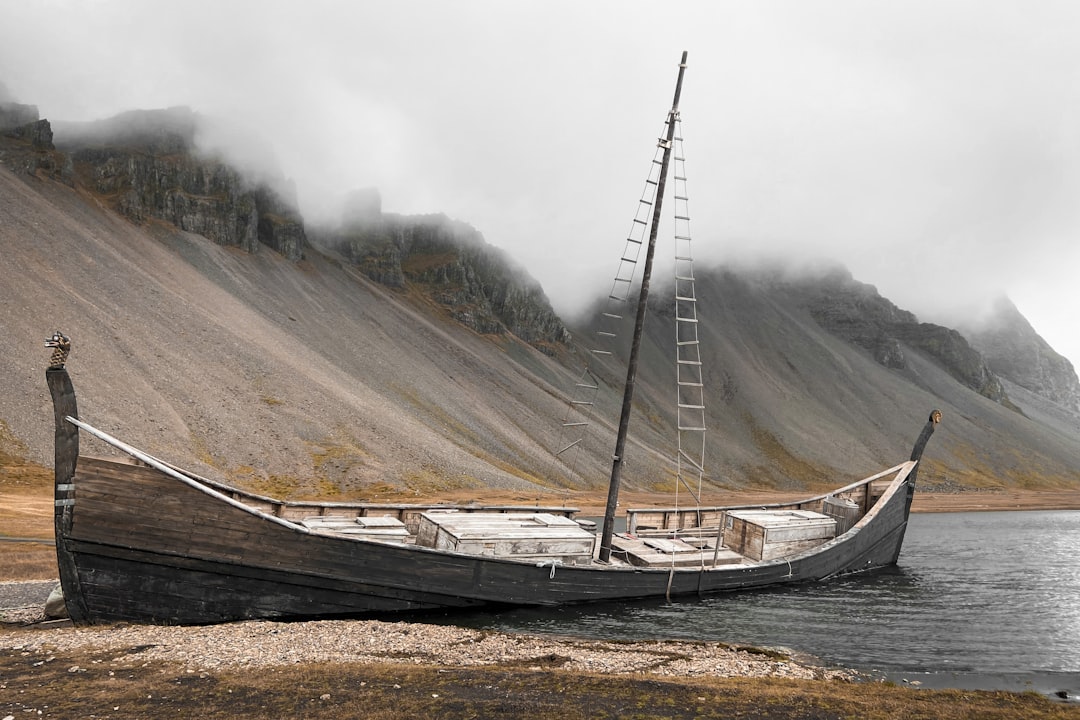
According to unverified legends, in 1933, near Agua Caliente Springs in the Anza Borrego Desert State Park, Louis and Myrtle Botts reportedly discovered the forward half of an old Viking ship sticking partway out of the mountains in Tierra Blanco Canyon. Sadly, before they could photograph their incredible find, a huge earthquake occurred and covered up the discovery, with sightings ending after the 1933 earthquake.
Strangely, Native American legends actually support the theory that a Viking ship made it around Canada through the Arctic Circle, with Seri Indian legend describing “Come From Afar Men” arriving in a long boat with a snake’s head, all having yellow beards and hair. The area’s potential for massive flooding makes it plausible for a ship to get carried inland on waves and stranded as water receded, with strange tidal bores known to sweep waves far inland.
Eduard Bohlen on Namibia’s Skeleton Coast
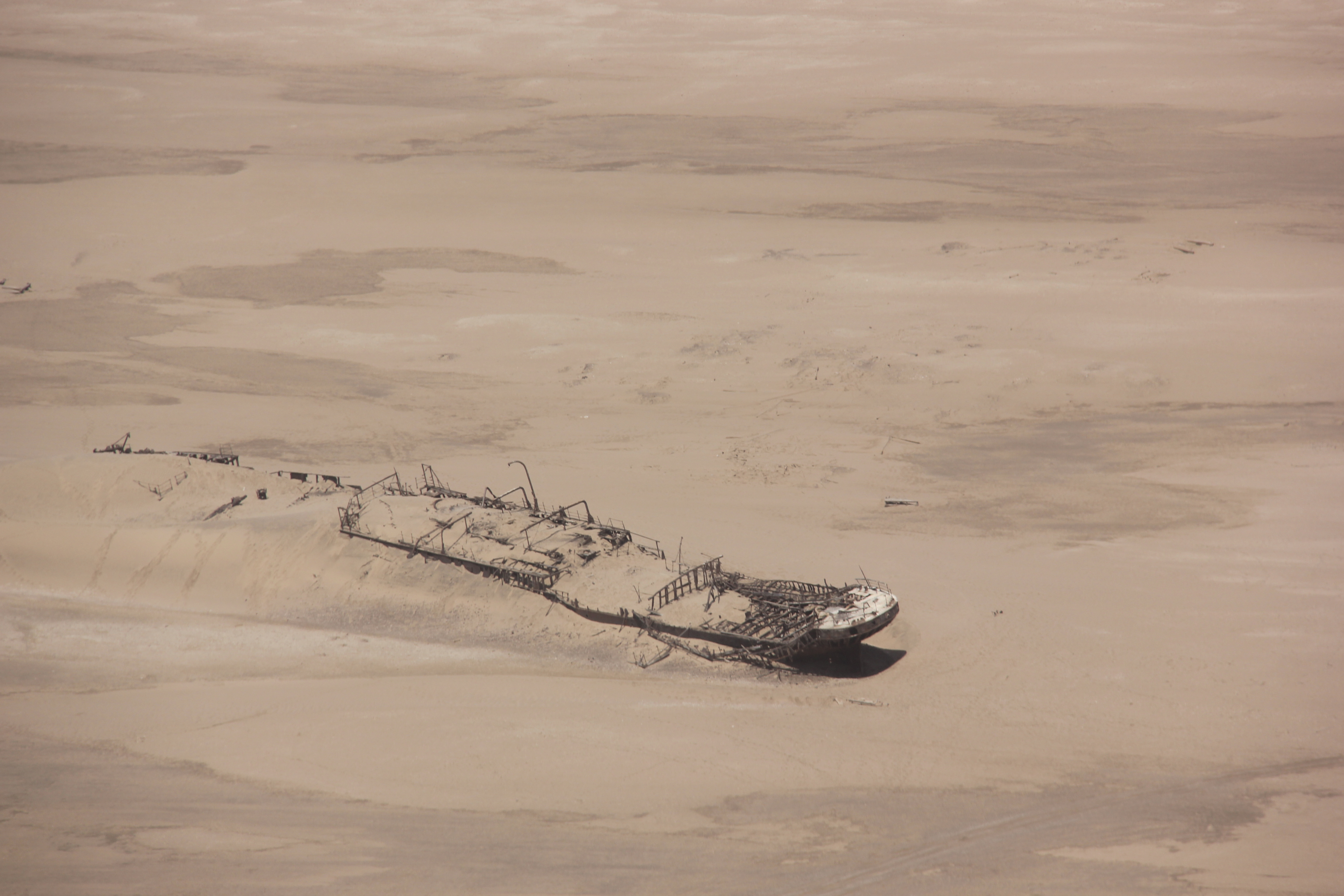
The German cargo ship Eduard Bohlen hit a sandbank off Namibia’s coast in 1909, running aground when it encountered thick fog, and now lies buried in desert sand near the infamous Skeleton Coast. The shifting sands of the coast soon took over the ship, almost covering it completely, and it now sits almost a quarter mile inland in a remote desert area.
One of the most famous ships of the Skeleton Coast, the Eduard Bohlen is now around half a kilometer away from the sea and continues moving slowly but inexorably toward the desert. What surprises rare visitors exploring these ships is their distance from the coast – many vessels are 500 or 600 meters away from water, and in some cases, even kilometers away. The incredible phenomenon of continuing coast advancement pushes sand dunes toward the ocean, ruthlessly engulfing grounded ships and creating the alien effect of shipwrecks on sandy floors with no water above.
Frank D. Barker in Lake Michigan Waters
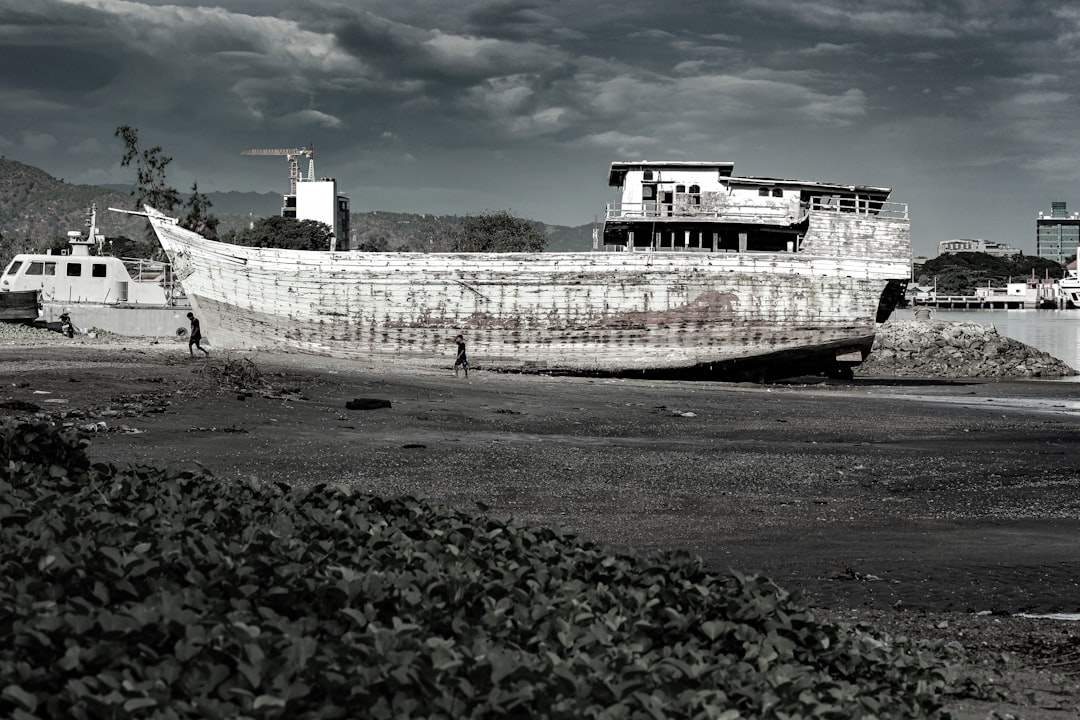
Tour company owner Matt Olson discovered this long-lost wreck while scanning satellite photos of Lake Michigan from his computer, spotting a bloblike discoloration in the shallow waters of Rowleys Bay – unknowingly stumbling upon a vessel that sank in 1887. The ship eventually ran aground and became stranded on a limestone outcropping on Spider Island, with five separate salvage attempts ultimately failing between 1887 and 1888.
The wreck was located in shallow waters about 20 feet deep, with the bottom of the hull largely intact but the sides split open and flattened like a fillet – likely due to 138 years of battering by wind, waves and ice. Finding the Frank D. Barker after 138 years marked an exciting moment for Door County and a deeply personal one for Olson, whose 6-year-old son experienced his first snorkeling on a shipwreck.
The Mysterious F.J. King in Lake Michigan
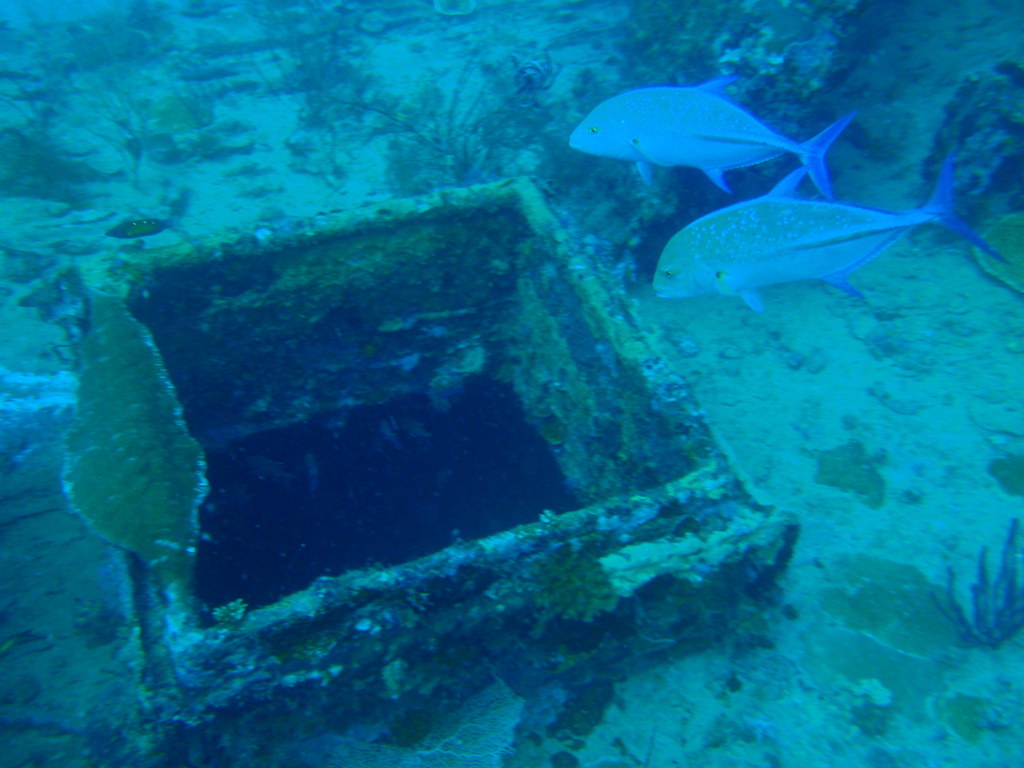
The F.J. King sank in 1886, and despite over 50 years of active searching yielding no results, researchers from the Wisconsin Underwater Archaeology Association finally located this elusive shipwreck. This 144-foot-long, three-masted wooden schooner built in Toledo, Ohio in 1867, sank into Lake Michigan off Baileys Harbor, Wisconsin late one night and became the subject of intense searching with rewards offered for its discovery.
The ship’s finders used reports from a local lighthouse keeper from the days following the wreck instead of the captain’s account, locating the vessel less than half a mile from the light keeper’s described location. Despite expectations that it would be in pieces due to the weight of iron ore cargo, the hull was remarkably intact and found in one piece. This marked the fifth significant shipwreck discovered by the team in just three years.
Western Reserve Found 600 Feet Down in Lake Superior
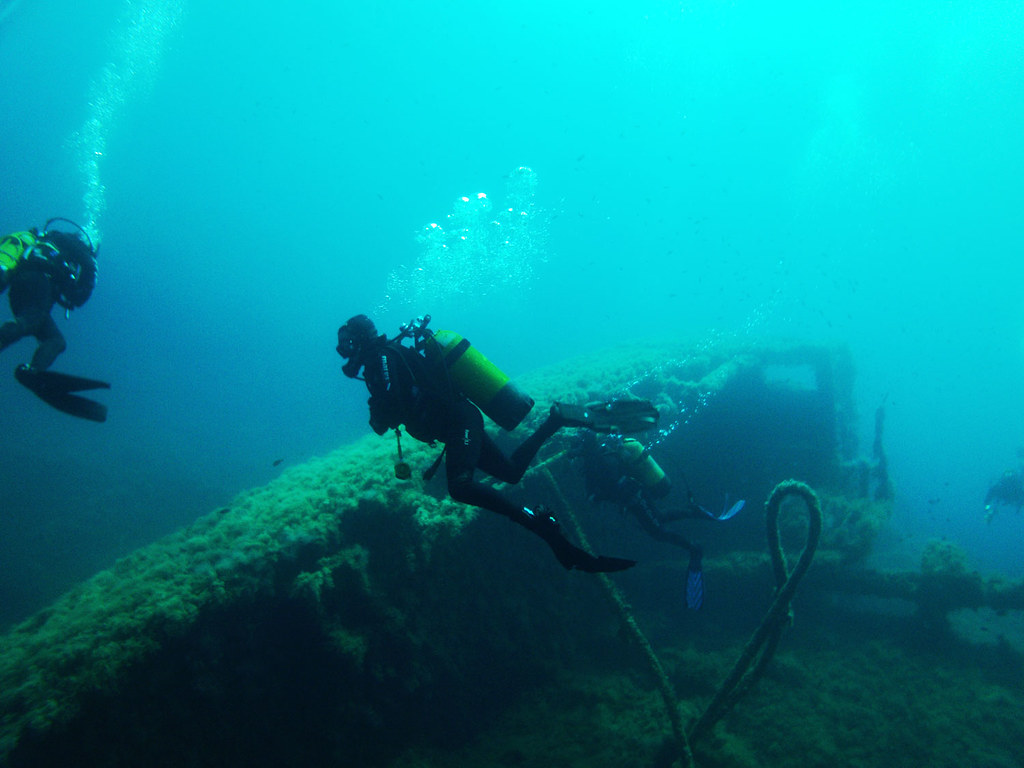
The Western Reserve, discovered decades ago off Lake Superior’s shores after remaining hidden 600 feet beneath the surface for over 120 years, identified as one of the first all-steel freighters on the Great Lakes. This was a tragic event where twenty-seven people died when the 318-foot freighter broke in half and sank in minutes, including the ship’s owner Captain Peter Minch, his wife Anna, their children aged 9 and 6, and several family members.
The roughly 80-mile stretch between Munising and Whitefish Point in Michigan’s Upper Peninsula is infamous for dangerous conditions known as Lake Superior’s Shipwreck Coast, where any ship heading for the Soo Locks had to pass, and it’s estimated that more than 200 ships have sunk in Whitefish Bay. Estimates suggest there are more than 1,700 ships resting at the bottom of Lake Michigan alone, with Wisconsin’s portion containing approximately 780 shipwrecks but only 250 identified.
La Merced Ship Forest in Washington State

Anacortes’ hidden treasure, La Merced, presents an extraordinary sight as an abandoned ship now embraced by a flourishing forest. This unique maritime discovery represents something truly remarkable in the world of shipwreck exploration. The vessel has become a living ecosystem where nature has completely reclaimed what was once a working ship.
Over decades, trees and vegetation have grown through the ship’s structure, creating an almost mystical fusion of maritime history and natural regeneration. The sight challenges our typical understanding of how abandoned vessels decay, showing instead how nature can transform them into something entirely new. This forest-ship hybrid has become a fascinating destination for those seeking unusual shipwreck experiences on dry land.
Skeleton Coast’s Impossible Ship Graveyard
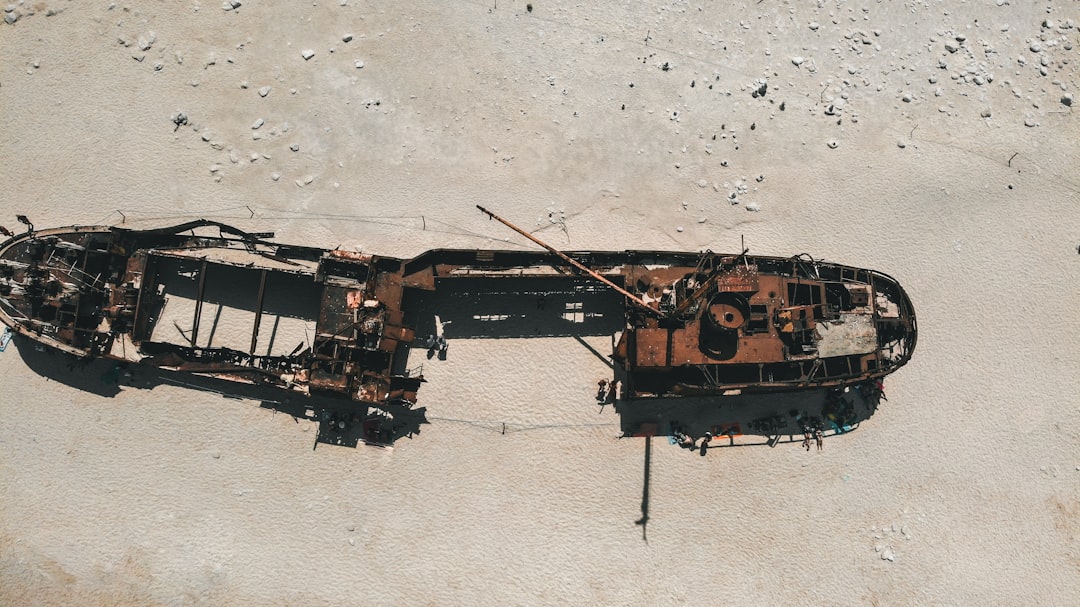
The Skeleton Coast stretches from the Namib desert to the Orange River, home to hundreds of beached shipwrecks including cargo transports, military corvettes, merchant ships and sailboats – creating a spectral cemetery of ships half-covered by desert sands with bows stubbornly poking out of dunes. Writer John Henry Marsh, who gave this coastline its name, explained that this area concentrates all the dangers sailors fear most: continuously changing sandbanks, large waves from the Benguela current, strong winds bringing violent storms, and thick “cassimbo” ocean fog.
Just like ocean shipwrecks, these desert wrecks are not easy to find despite numbering in the hundreds, spread over a completely desert area as large as Sicily and Sardinia combined, with the Skeleton Coast hiding its shipwrecks by covering them with sand and swallowing them forever. The Skeleton Coast is a strip of desolate, unforgiving earth where parched desert dunes ripple toward the Atlantic Ocean.
Great Lakes’ Recent Impossible Discoveries

In just the last year, three shipwrecks have been found in the Great Lakes that each had remained hidden for 130 years or more, including the Margaret A. Muir discovered after 131 years by Wisconsin maritime historians, which was a 130-foot schooner that sank in 1893 while bound for Chicago with bulk salt. The same historians discovered the John Evenson, a wooden steam tug built in Milwaukee, which capsized instantly after being struck by another steambarge in 1895, with its remains lying five miles northeast of Algoma.
Beyond shipwrecks, Lake Michigan’s bottom holds everything from underwater forests to shiploads of cars to aircraft, along with more than 40 sinkholes ranging from 300 to 600 feet across, formed when water dissolved limestone bedrock causing surface collapse. Door County alone has more than 250 known wrecks scattered in surrounding waters due to challenging sailing conditions, helping fill in the region’s maritime history and showing how Great Lakes waterways were used over the years.
Conclusion
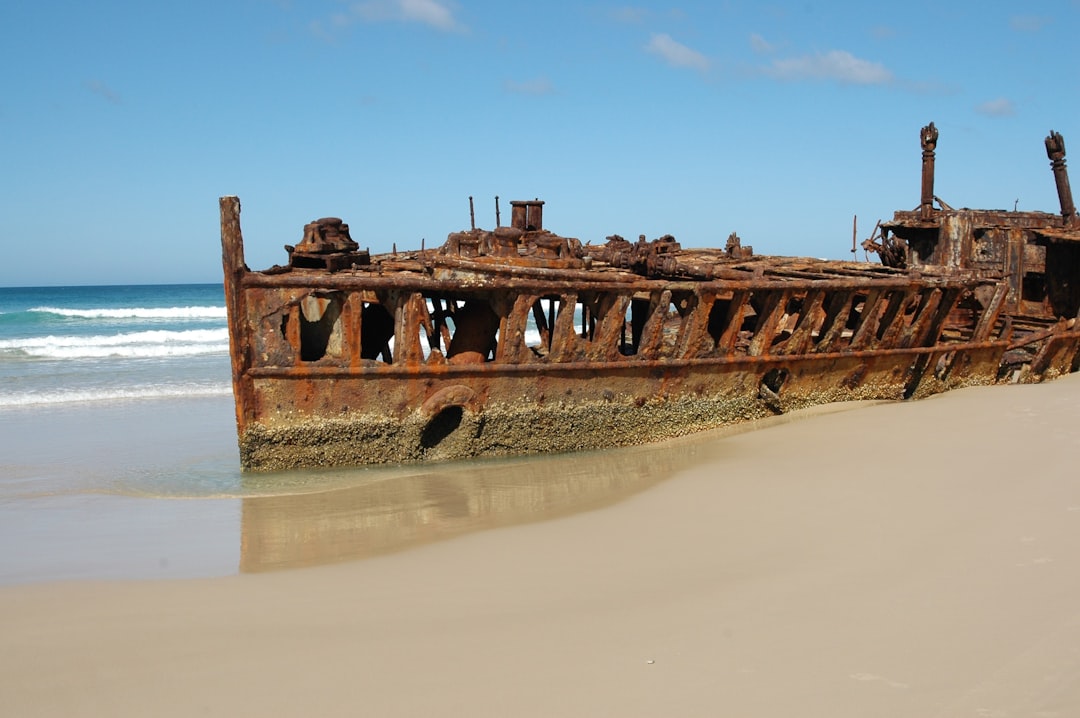
These remarkable shipwrecks prove that the impossible can become reality when time, weather, and geological forces combine in unexpected ways. From Portuguese treasure ships buried in desert sand to Viking vessels hidden in mountain canyons, these discoveries continue to rewrite our understanding of maritime history.
Each find tells a story not just of human exploration and tragedy, but of how dramatically our planet can change over centuries. What fascinates you most about these impossible shipwrecks? Which discovery surprised you the most? Share your thoughts in the comments below.

Jan loves Wildlife and Animals and is one of the founders of Animals Around The Globe. He holds an MSc in Finance & Economics and is a passionate PADI Open Water Diver. His favorite animals are Mountain Gorillas, Tigers, and Great White Sharks. He lived in South Africa, Germany, the USA, Ireland, Italy, China, and Australia. Before AATG, Jan worked for Google, Axel Springer, BMW and others.

